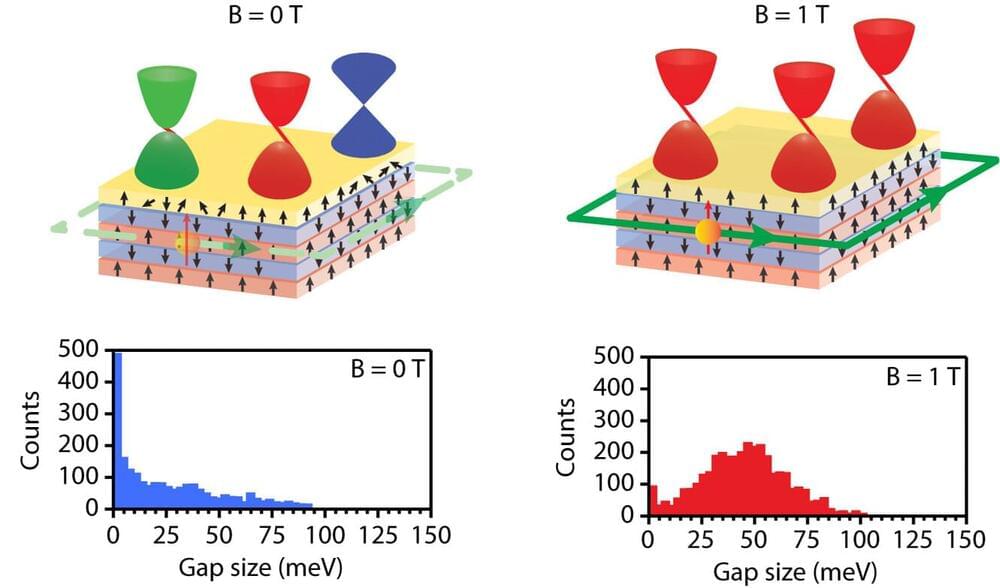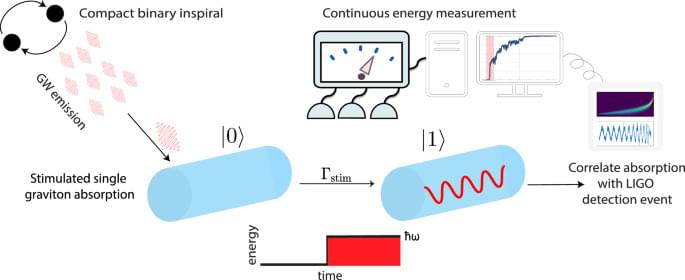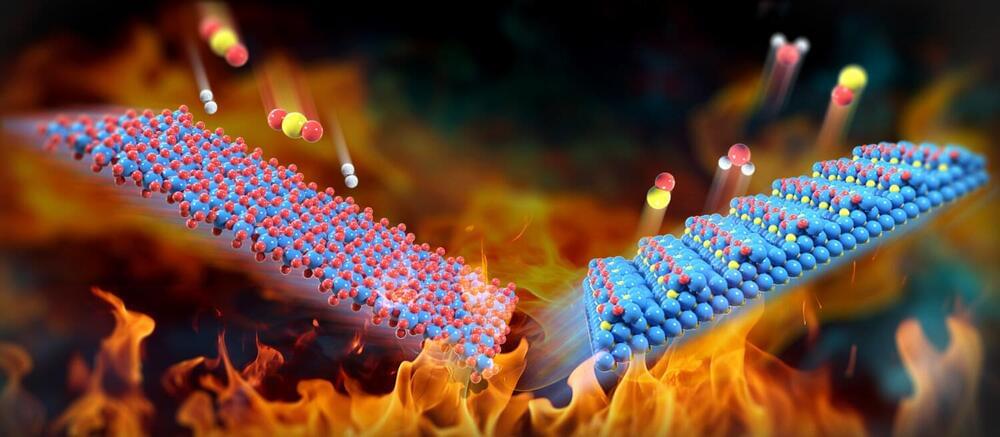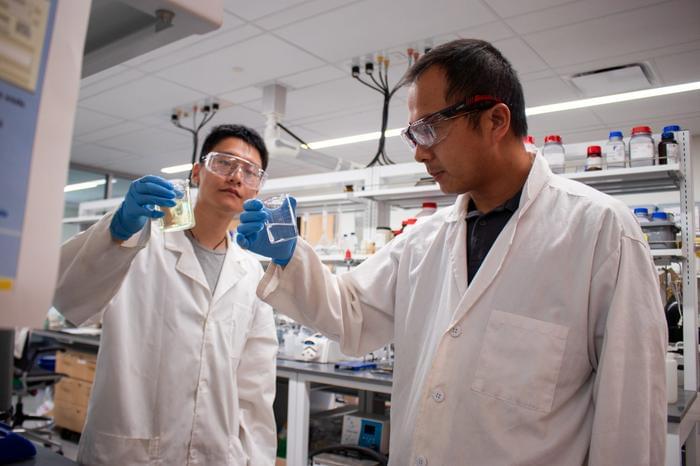Phase separation, when molecules part like oil and water, works alongside oxygen diffusion to help memristors – electrical components that store information using electrical resistance – retain information even after the power is shut off, according to a University of Michigan led study published in Matter (“Thermodynamic origin of nonvolatility in resistive memory”).
Up to this point, explanations have not fully grasped how memristors retain information without a power source, known as nonvolatile memory, because models and experiments do not match up.
“While experiments have shown devices can retain information for over 10 years, the models used in the community show that information can only be retained for a few hours,” said Jingxian Li, U-M doctoral graduate of materials science and engineering and first author of the study.








